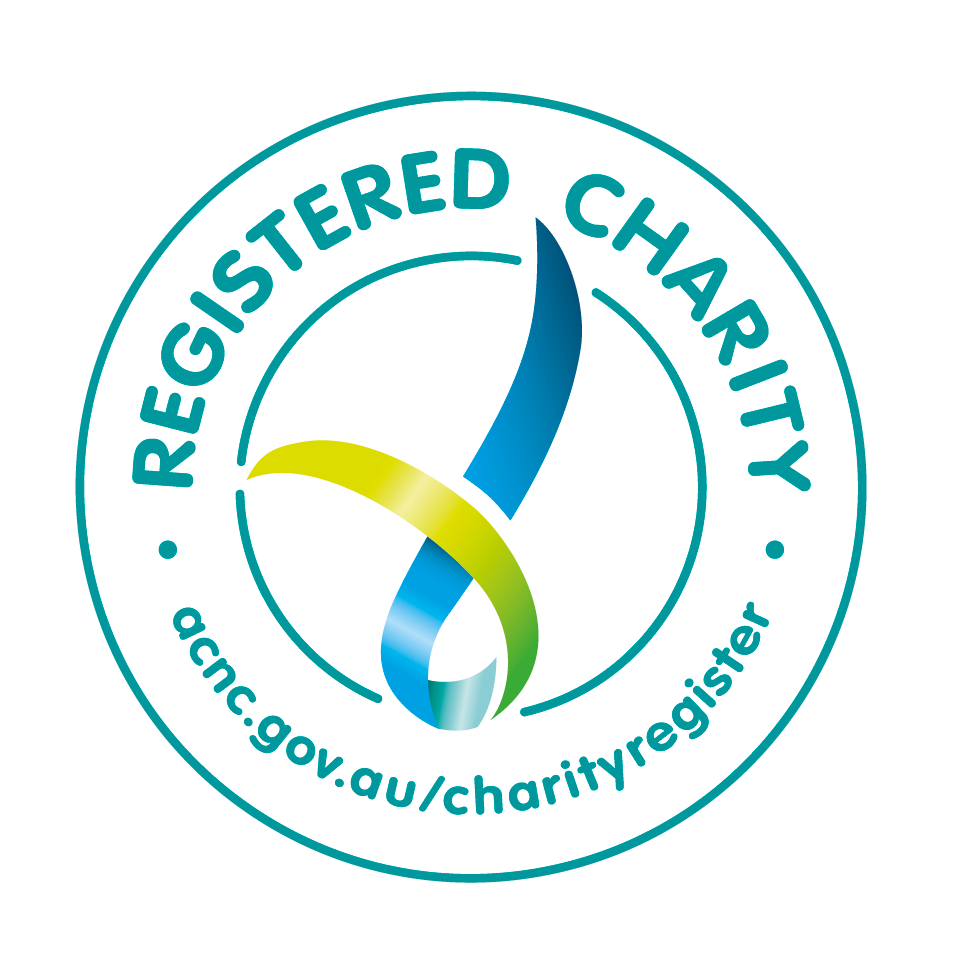Ehlers-Danlos syndrome
Ehlers-Danlos Syndrome
Ehlers-Danlos syndromes (EDS) are a group of rare, heritable connective tissue disorders (HCTD) that affect the structure and function of the skin, joints, blood vessels, and many organs. Connective tissue provides strength and flexibility to the body—when it is weakened or abnormal, it can lead to a range of symptoms and complications across multiple systems.
CTDNA downloadable EDS Flyer – print this short flyer to share within your network as a way of introducing EDS.
Key Features of EDS
While signs and symptoms vary by subtype and person, common features of EDS can include:
- Joint hypermobility (over-flexible joints that may dislocate easily)
- Soft or stretchy skin
- Fragility of skin, blood vessels, and other tissues
- Chronic pain and fatigue
- Digestive, cardiovascular, and autonomic dysfunction
Because EDS affects multiple organ systems, its impact can be complex and unpredictable. Many people experience delays in diagnosis and challenges in accessing coordinated care.
Thirteen Subtypes of EDS
The 2017 International Classification recognises 13 distinct clinical subtypes of EDS. Each type has specific diagnostic criteria and (for most) a confirmed genetic cause:
| Subtype | Abbreviation | Inheritance | Gene(s) Involved |
| Classical EDS | cEDS | Autosomal dominant | COL5A1, COL5A2 |
| Classical-like EDS | clEDS | Autosomal recessive | TNXB |
| Cardiac-valvular EDS | cvEDS | Autosomal recessive | COL1A2 (biallelic) |
| Vascular EDS | vEDS | Autosomal dominant | COL3A1, occasionally COL1A1 |
| Hypermobile EDS | hEDS | Autosomal dominant | Unknown (no confirmed gene yet) |
| Arthrochalasia EDS | aEDS | Autosomal dominant | COL1A1, COL1A2 |
| Dermatosparaxis EDS | dEDS | Autosomal recessive | ADAMTS2 |
| Kyphoscoliotic EDS | kEDS | Autosomal recessive | PLOD1 or FKBP14 |
| Brittle Cornea Syndrome | BCS | Autosomal recessive | ZNF469, PRDM5 |
| Spondylodysplastic EDS | spEDS | Autosomal recessive | B4GALT7, B3GALT6, SLC39A13 |
| Musculocontractural EDS | mcEDS | Autosomal recessive | CHST14, DSE |
| Myopathic EDS | mEDS | Autosomal dominant or recessive | COL12A1 |
| Periodontal EDS | pEDS | Autosomal dominant | C1R, C1S |
Each type has its own set of major and minor diagnostic criteria. For all subtypes except hEDS, molecular confirmation through genetic testing is essential for diagnosis and appropriate clinical management.
Around 90% of EDS diagnoses are hEDS, and up to 70% of those with hEDS are women.
Living with EDS
EDS is a lifelong condition. Many people experience:
- Recurrent joint dislocations or subluxations
- Widespread musculoskeletal pain
- Gastrointestinal issues such as reflux or constipation
- Autonomic symptoms (e.g., dizziness, palpitations)
- Fatigue and reduced functional capacity
Pain is a particularly disabling feature for many individuals with EDS, and as many as 90% of people with an EDS diagnosis report this symptom. It may begin early in life and become chronic. Multiple factors contribute to pain, including joint instability, muscle weakness, previous injuries, and nervous system involvement. Pain can fluctuate in intensity and be due to acute injuries, or persistent.
Oftentimes individuals with EDS will have coexisting chronic and acute pain.
Diagnosis and Management
Getting an accurate diagnosis can take years. hEDS in particular remains a clinical diagnosis, with no genetic test currently available. A multidisciplinary team approach is strongly recommended, including physiotherapists, pain specialists, occupational therapists, geneticists, and mental health professionals (this list is by no means exhaustive). Although any and all specialities may be needed in the care team.
There is no cure for EDS, but management aims to reduce symptoms, prevent complications, and improve quality of life. This may include:
- Joint protection and low-impact physiotherapy
- Pacing strategies for fatigue and pain
- Pain management including medications and assistive devices
- Treatment of co-occurring gastrointestinal, autonomic or gynaecological symptoms (note: all organ systems can be affected)
EDS in Australia
Ehlers-Danlos syndromes feature on Rare Voices Australia’s (RVA) The Rare Portal, and are listed as a group of multisystemic, lifelong conditions. Despite this, access to timely diagnosis and evidence based care remains a major issue for most Australians with EDS.
CTDNA is working to raise awareness of EDS and other HCTDs, advocate for care pathways that are better coordinated, and support individuals and families impacted by these conditions via the provision of education and information.
Please review our Resources page for more useful information and links.
There is an EDS condition page also on Healthdirect.
For more information about the subtypes of EDS, research updates, and global community resources, visit the Ehlers-Danlos Society.
Education for Healthcare Professionals
HealthED podcast episode with dual trained geneticist, cardiologist and CTDNA SMAC member Dr Kunal Verma: Ehlers-Danlos syndrome (EDS): Understanding subtypes, genetics, and the diagnostic journey. May 2025
AusDoc Clinical Focus Therapy Update: A GP Guide to hypermobile Ehlers-Danlos syndrome. May 2025
References
Malfait F, Francomano C, Byers P, et al. The 2017 international classification of the Ehlers–Danlos syndromes. Am J Med Genet C Semin Med Genet. 2017;175(1):8–26.
Chopra P, Tinkle B, Hamonet C, et al. Pain management in the Ehlers–Danlos syndromes. Am J Med Genet C Semin Med Genet. 2017;175(1):212–219.
National Academies of Sciences, Engineering, and Medicine. Selected heritable disorders of connective tissue and disability. Washington, DC: The National Academies Press; 2022. https://doi.org/10.17226/26431
The Ehlers-Danlos Society. About EDS [Internet]. Available from: https://www.ehlers-danlos.com
Rare Portal Australia. Ehlers-Danlos syndromes [Internet]. Available from: https://www.rareportal.org.au



